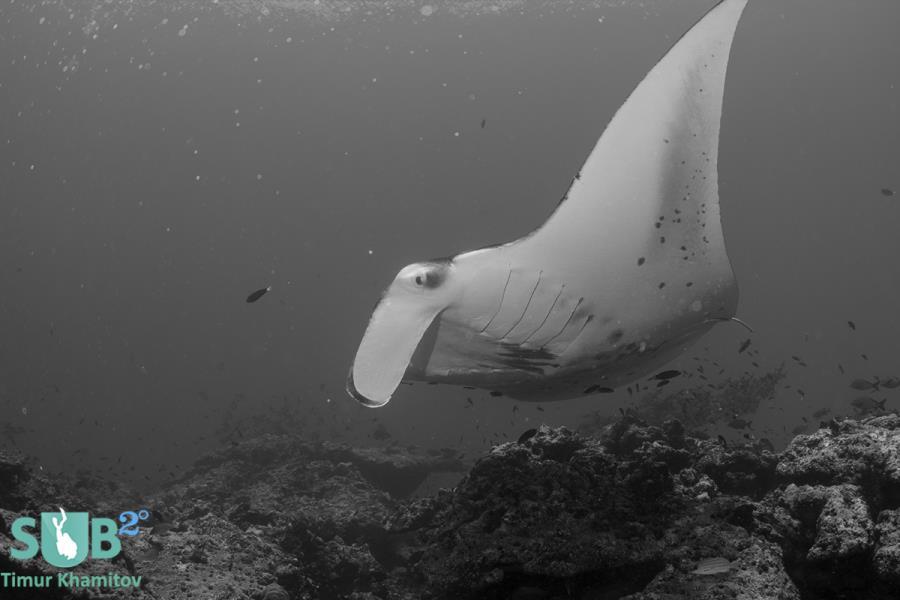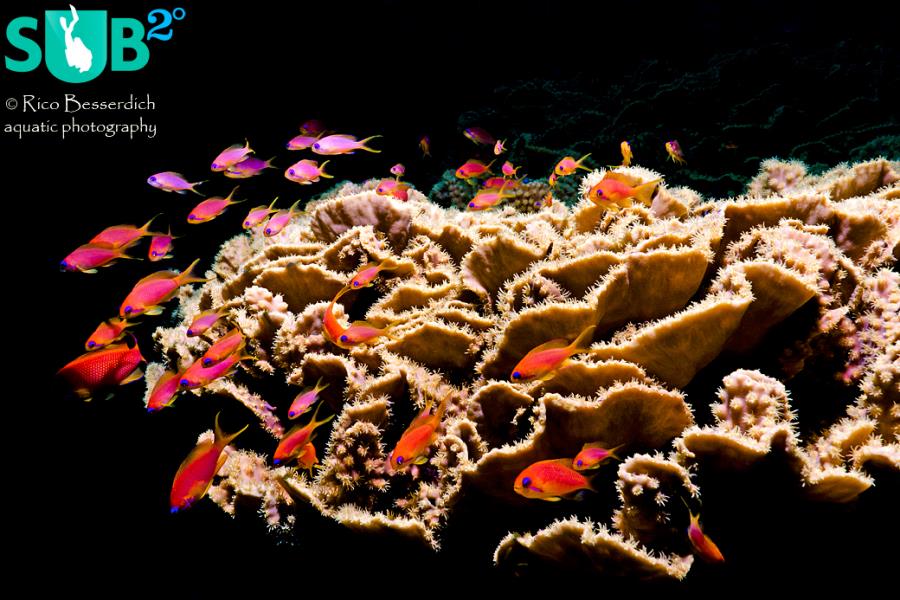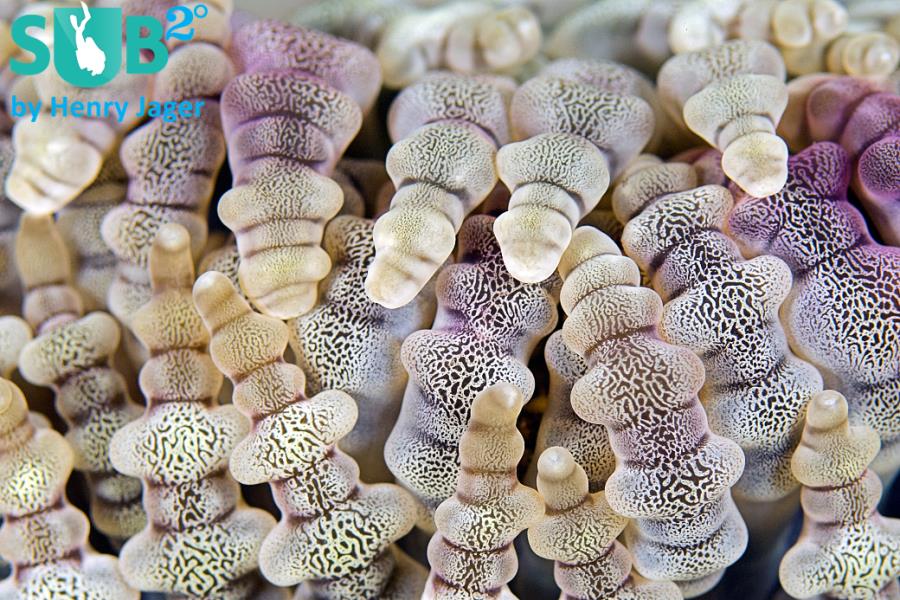
Published
May 2,
2013
Diving in Fresh Water vs. Salt Water
This article is written based on consultation by Enrico Avesani, SDI Dive Instructor on board the MV Orion.
Water Conditions
1. Salt water is more positive as it is denser. Weight of 1 litre of fresh water = 1 kilo; salt water = 1.03 kilo. So in fresh water you need less weight to achieve neutral buoyancy.
2. Temperature. Usually, fresh water is colder. Thermocline is really apparent and it usually makes the dive more difficult. The colder the water, the more stress your body encounters, the more energy it spends on maintaining body temperature, and therefore increases air consumption, which in turn shortens the dive.
3. Visibility. Usually, fresh water has worse visibility. Unlike sand, the bottom of lakes are covered in denser sand i.e. mud, and this affects visibility and means that you have to be more careful when it comes to kicking with your fins. Due to the reduced current, there are more static particles in the water.
Current
In salt water it is usually harder to predict the current, as it is less obvious. For example, in rivers you usually have a predictable current based on the flow of the river. While in lakes, there is practically no current at all.
The absence of high tide & low tide in fresh water along with the general land formation makes the current generally more predictable.
In seas and oceans, the current is a lot less predictable and powerful, and often makes the dive more challenging.
Marine Life
Fresh water usually has less marine life in both quantity and variety. Generally, the marine life in fresh water is extremely shy, and run away very quickly. The best time to see them is at night, when the fish is asleep.
In salt water, marine life is friendlier and less afraid of divers. Salt Water dives usually have a larger quantity and variety of marine life. This often makes for more exciting dives.
Danger from Venom
In fresh water, there are very few venomous marine animals. In salt water, on the other hand, there are plenty. The most venomous animals in the world on the planet live in salt water, such as the Blue ring octopus and sea snake.
Dive Type
In fresh water, normally you start the dive from the shore. This means that you need booties, as the bottom is often stony. It also means that you have to return to the same place you started; that often becomes tricky with the navigation. It is best practice to start swimming against the current so that it is easier to return to the starting point.
In salt water, boat dives are more common. It is important to keep an idea of where the boat is, where the captain is expecting to pick you up from, and where the current is expected to take you as the dive progresses.
Equipment
Here are some things that you should consider when diving fresh water vs. salt water.
- Dry/semi-dry suit vs. wet suit.
- Gloves (temperature)
- Torch - usually darker in fresh water dives.
- Dive buoy vs. SMB.
Featured Posts
-

Indonesia Bans Manta Fishing,...
Analyzing manta conservation in the context of marine conservation as a whole. (Part 1 of the series)
-

Please "Like" My Photo!
Once you've made some cool underwater shots, you would love to have more people notice your photos, for example by sharing them on Facebook. A path full of potential but lots of nasty obstacles on the way. Let's have a look!
-

Reef-Art: Looking at the Reef...
Reef-Art shows fascinating insights to an underwater world, 99% of the divers never see. Reef-Art is the "Fine Art" of macro photography. It's a passion! The passion to bring your audience something they don't expect, they h...


Load more comments